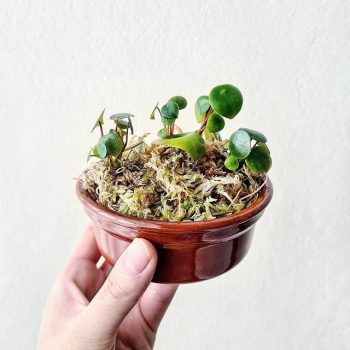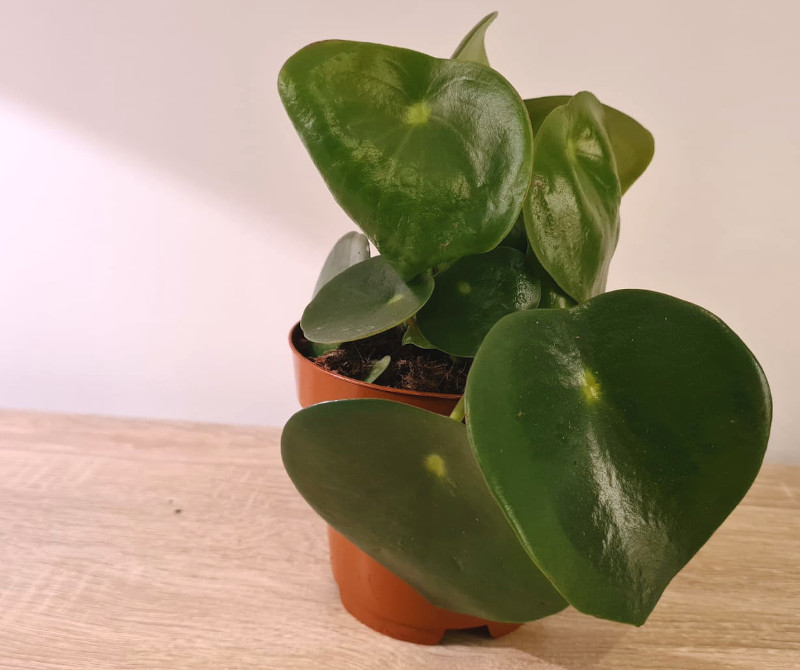
These flowers grow when the plant is mature as well as when the plant receives the right type of care. This plant, like other Peperomia varieties, produces inflorescence in the form of a spadix (resembling a rat tail). This plant tends to grow upright to a maximum height of 15 inches and tends to be compact depending on the amount of sun it receives. As mentioned, the common names of this plant are attributed to its deep green and waxy, almost tear-shaped leaves. This plant is native to the regions of South America as well as in Colombia and Peru. Peperomia polybotrya goes by other names such as the Raindrop peperomia or Coin-Leaf Peperomia – all thanks to the shape of its leaves. You’ll learn all there is to know about growing and caring for this plant, from the basics to tips and tricks that will help your plant thrive. You can also propagate this plant with just a single leaf.A very elegant member of the peperomia family, peperomia Polybotrya “raindrop” is an easy to care for plant. I haven’t tried this method yet, but I will soon and will post the results here. Keep the soil moist, but not wet, and remove the plastic bag once the cuttings have rooted and starts growing. Keep your plant out of direct sun so it doesn’t cook while it is rooting! You can put a couple bamboo stakes in the pot to ensure that the cutting keeps away from the bag. Place the plant in a clear plastic bag and make sure that the leaves are not touching the bag. If you use this method, it is important to keep the humidity high while the plant is rooting.

You can also prepare the cutting as described above, but instead of putting it in water, simply dip the cutting into rooting hormone, and insert it into a small pot of soil. These plants definitely like tighter quarters, and small pots also ensure that your soil dries out quickly enough. Start small and don’t repot until your plant is pot-bound. Don’t be tempted to pot these up in a large pot. Make sure that when you pot up your cuttings, that you use the soil mixture I previously described and use a small pot. I can’t overemphasize the need for sharp drainage on this plant, so I highly recommend 2 parts of Espoma Organic Cactus Mix and 1 part Bonsai Jack’s 1/4″ Pumice.īe sure to change the water frequently (once a week minimum) to keep it fresh and help prevent rotting. I was able to salvage it though by cutting the rotted part of the stem off, re-rooting it again in water, and then planting it back in soil. And it was growing in a small terra cotta pot to boot. They were fine for a while, but then during the winter time, one of the two cuttings actually rotted at the stem on the soil line.

This creates a sharply draining mix for your Peperomia which it will love.ĭon’t skip on the pumice! When I first grew this plant from two cuttings that a friend sent me, I rooted them and planted them in just straight cactus mix.

I like to use the same soil blend that I use for my Peperomia Ruby Cascade which is:Ģ parts of Espoma Organic Cactus Mix mixed with 1 part Bonsai Jack’s 1/4″ Pumice. Some plants are forgiving when it comes to soil, but this one is not. Having an extremely well drained soil is crucial for this plant. If you hold off watering for too long, the lower leaves will yellow and your plant will get leggy. That being said, don’t wait forever after the soil has completely dried out. Allow at least the top half of the soil to dry out before thinking about watering again. The thick, fleshy leaves store a good amount of moisture, so it is important that your soil dries out almost completely. Never let your plant sit in water or you will increase chances of your plant rotting. Make sure your pot has a drainage hole and always allow excess water to drain away. In fact, let it go almost completely dry, and then water thoroughly. Allow your plant’s soil to dry out pretty well before watering again.


 0 kommentar(er)
0 kommentar(er)
